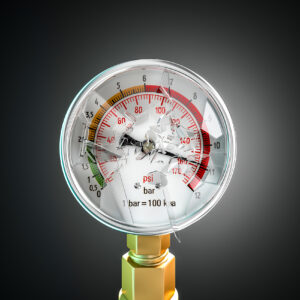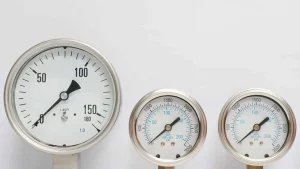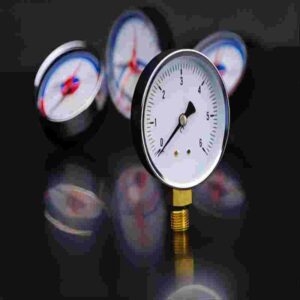Pressure gauges are essential instruments in industrial, automotive, and HVAC systems, and their accuracy heavily relies on the pointer (or needle). This article explores the role of pointers, their types, and troubleshooting tips.
- Role of the Pointer in Pressure Gauges
The pointer is the visual indicator that moves across the graduated scale to display the measured pressure. Its precision ensures correct readings, which are critical for system safety and efficiency. - Types of Pressure Gauge Pointers
Standard Pointers: Made of aluminum or lightweight plastic, balanced for smooth movement.
Luminous Pointers: Coated with phosphorescent material for visibility in low-light conditions.
Dual-Scale Pointers: Used in gauges displaying two units (e.g., psi and bar).
Anti-Vibration Pointers: Designed with dampening mechanisms to reduce oscillation in turbulent environments.
- Common Pointer Issues
Sticking or Stiff Movement: Caused by dirt, misalignment, or damaged pivot mechanisms.
Pointer Wobble: Indicates worn bearings or excessive vibration.
Zero Shift: The pointer doesn’t return to zero when pressure is released, often due to internal spring damage.
- Maintenance Tips
Regularly calibrate gauges to ensure pointer accuracy.
Clean the pointer and scale to prevent parallax errors.
Avoid mechanical shocks that could bend the pointer.
Conclusion
A properly functioning pointer is vital for pressure gauge reliability. Understanding its design and addressing issues promptly can extend the instrument’s lifespan and maintain operational safety.



